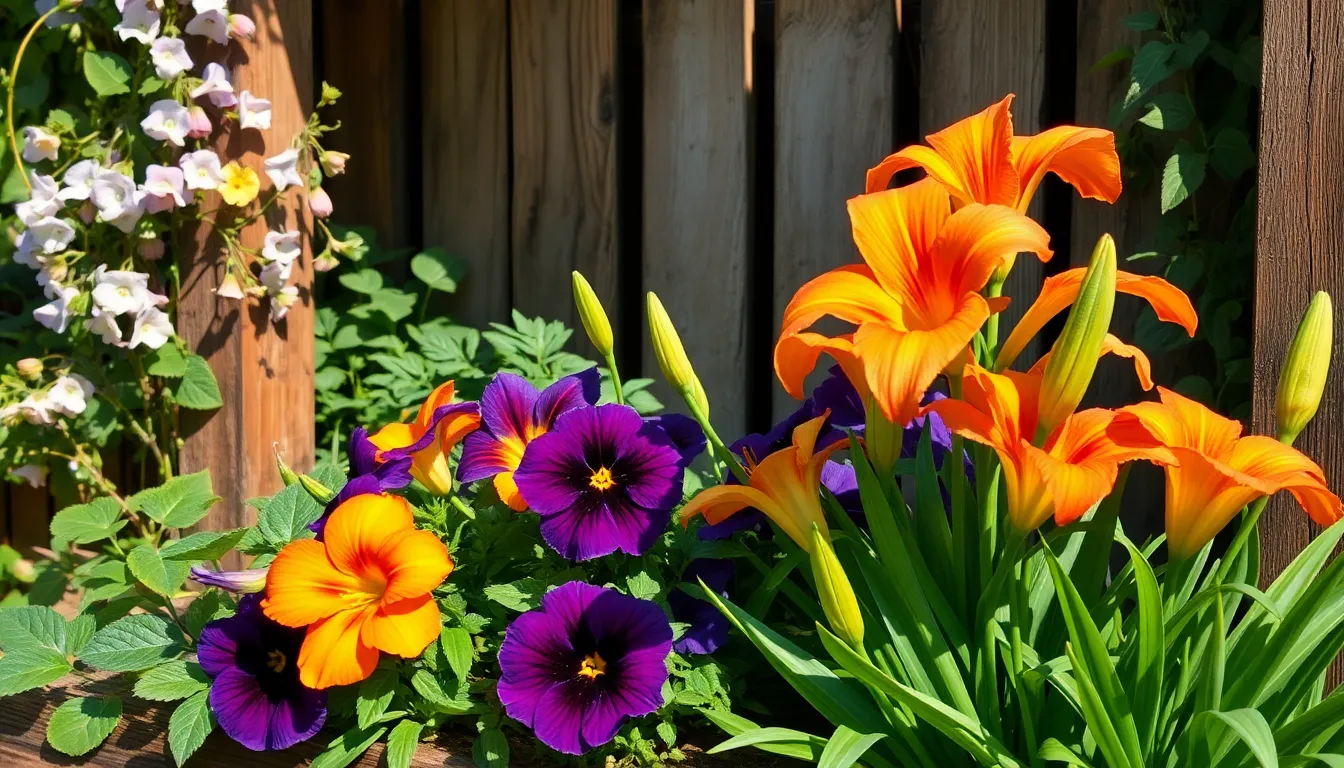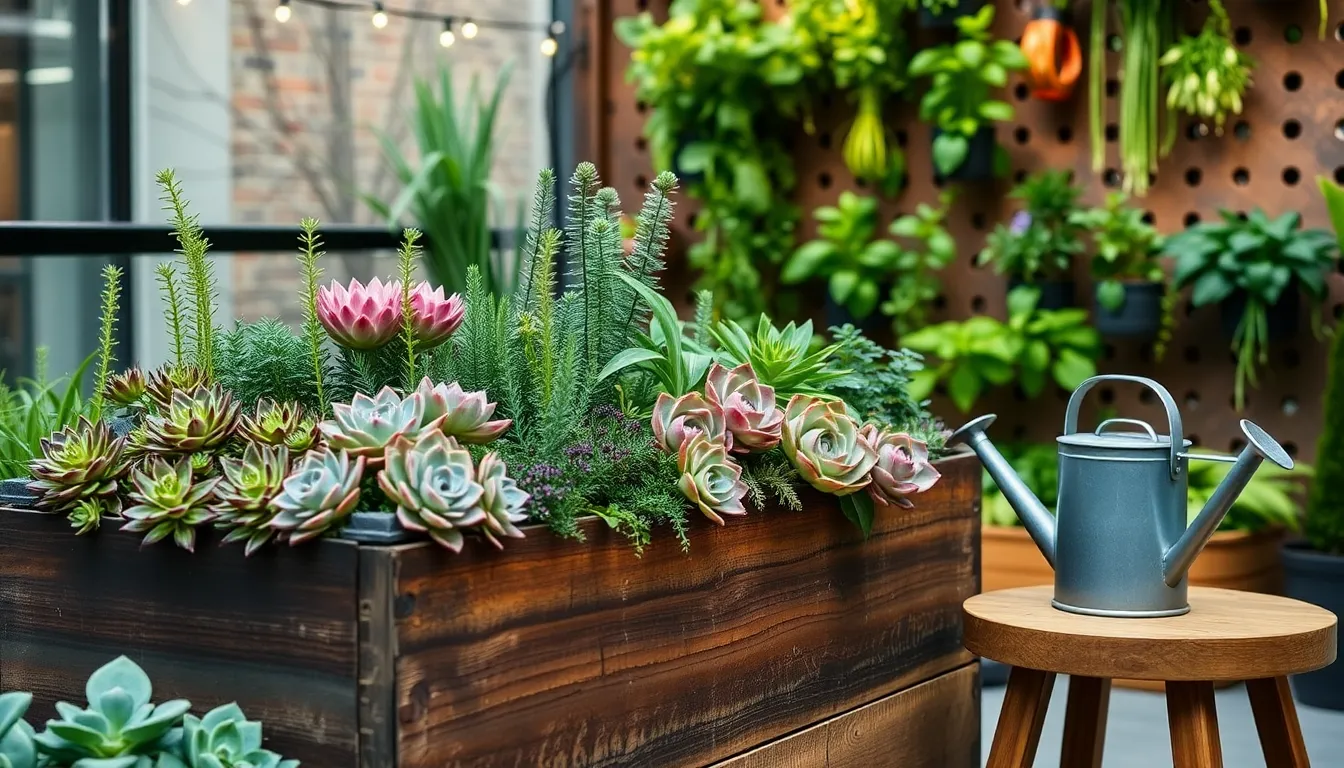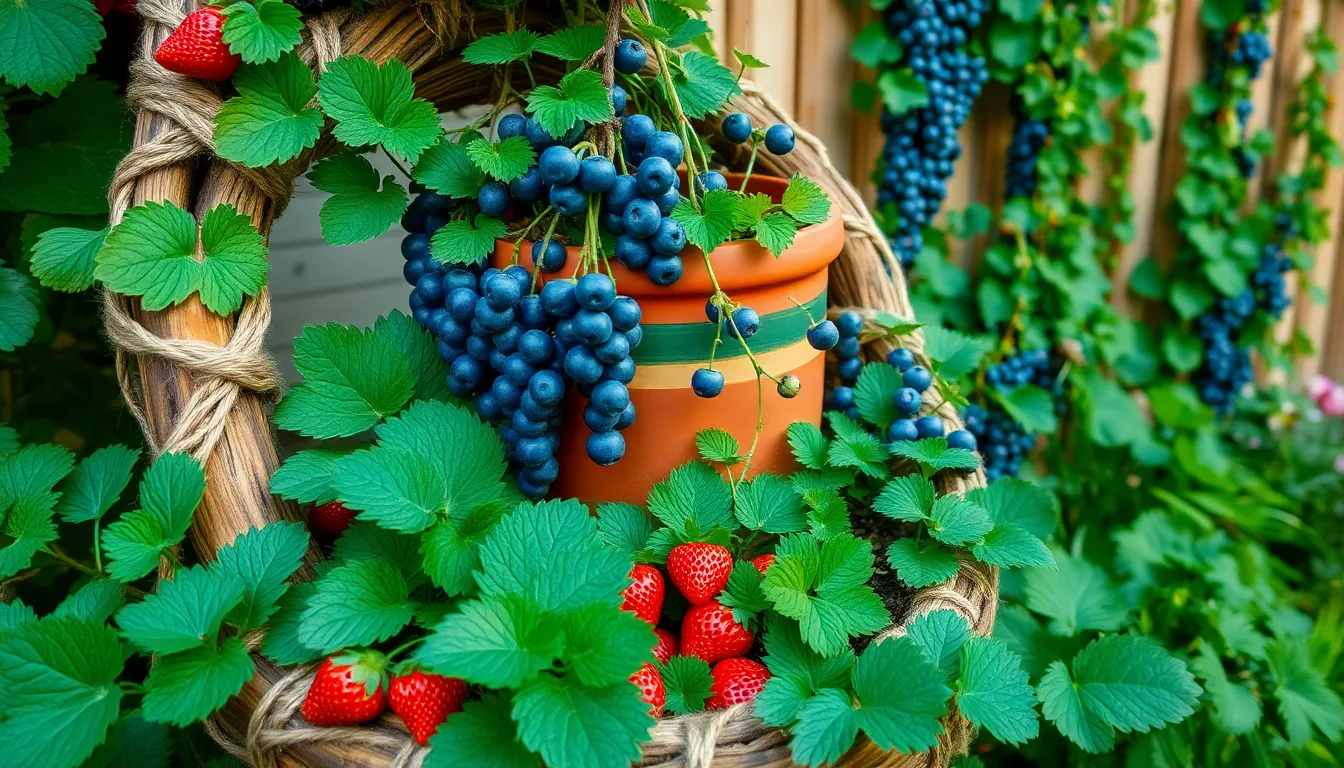In the delightful art of gardening, one need not possess sprawling landscapes to cultivate a vibrant tapestry of blooms. Small gardens, with their intimate spaces, can be transformed into enchanting sanctuaries with the right selection of easy-to-care-for flowers. Whether you’re just beginning your gardening journey or have years of experience with trowel in hand, choosing the right plants can make all the difference in creating a garden that thrives with minimal fuss. In this article, we’ll explore a selection of resilient and beautiful flowers perfectly suited for smaller spaces, ensuring your garden remains a source of joy rather than toil.
Flowers that require little maintenance are not only a boon for time-strapped gardeners but also a testament to nature’s resilience and adaptability. By choosing species that are well-suited to compact areas and varying conditions, you can cultivate a garden that offers continuous color and interest throughout the seasons. We’ll delve into the characteristics and care needs of these floral gems, providing you with insights to match plants with your garden’s unique conditions. Together, we’ll uncover how strategic plant choices can enhance your garden’s charm while lightening your workload.
As we embark on this floral exploration, prepare to discover plants that not only bring beauty but also encourage local wildlife, supporting a thriving ecosystem right in your backyard. You’ll learn how to select flowers that complement your space, from sunlit patches to shady corners, ensuring every inch of your garden bursts with life. This guide aims to empower you with knowledge and inspiration, enabling you to cultivate a small but mighty garden that reflects your personal style and passion. Let’s dig into the vibrant world of easy-care flowers and transform your small garden into a flourishing oasis of color and life.
Choosing Compact Flower Varieties
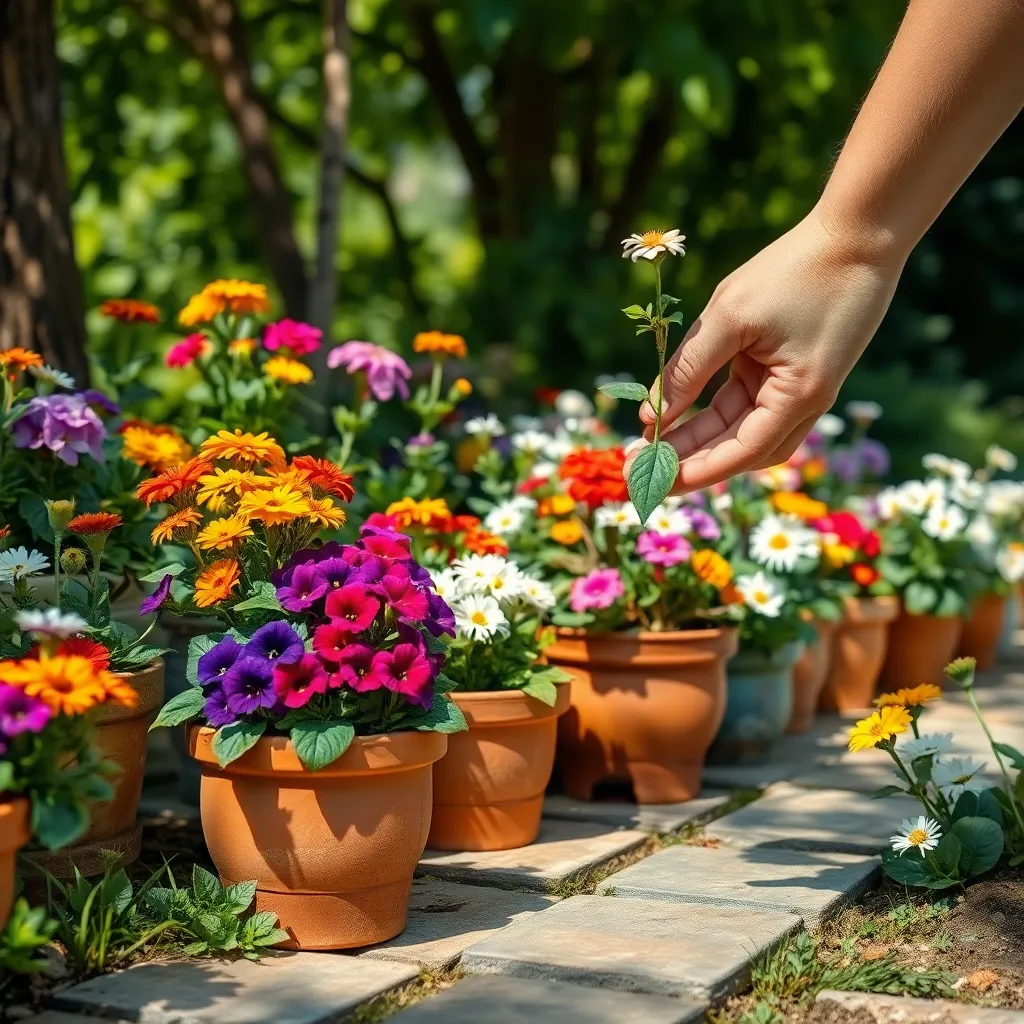
When space is limited, choosing compact flower varieties is essential for a vibrant and manageable garden. These plants are specifically bred to thrive in smaller environments, providing lush blooms without overwhelming your space.
Consider planting dwarf zinnias, which only grow up to 12 inches tall but deliver a punch of color throughout the summer. They require full sun and well-draining soil, and it’s best to water them deeply once a week to maintain their health.
Another excellent choice is the compact variety of marigolds, which can flourish in containers or small garden plots. These hardy flowers prefer fertile, well-drained soil and should be deadheaded regularly to promote continuous blooming.
For gardeners seeking something a bit more exotic, the miniature varieties of dahlias offer stunning blooms without the need for extensive space. Ensure they receive at least six hours of sunlight daily and keep the soil consistently moist but not waterlogged to encourage healthy growth.
Low-Maintenance Blooms for Beginners
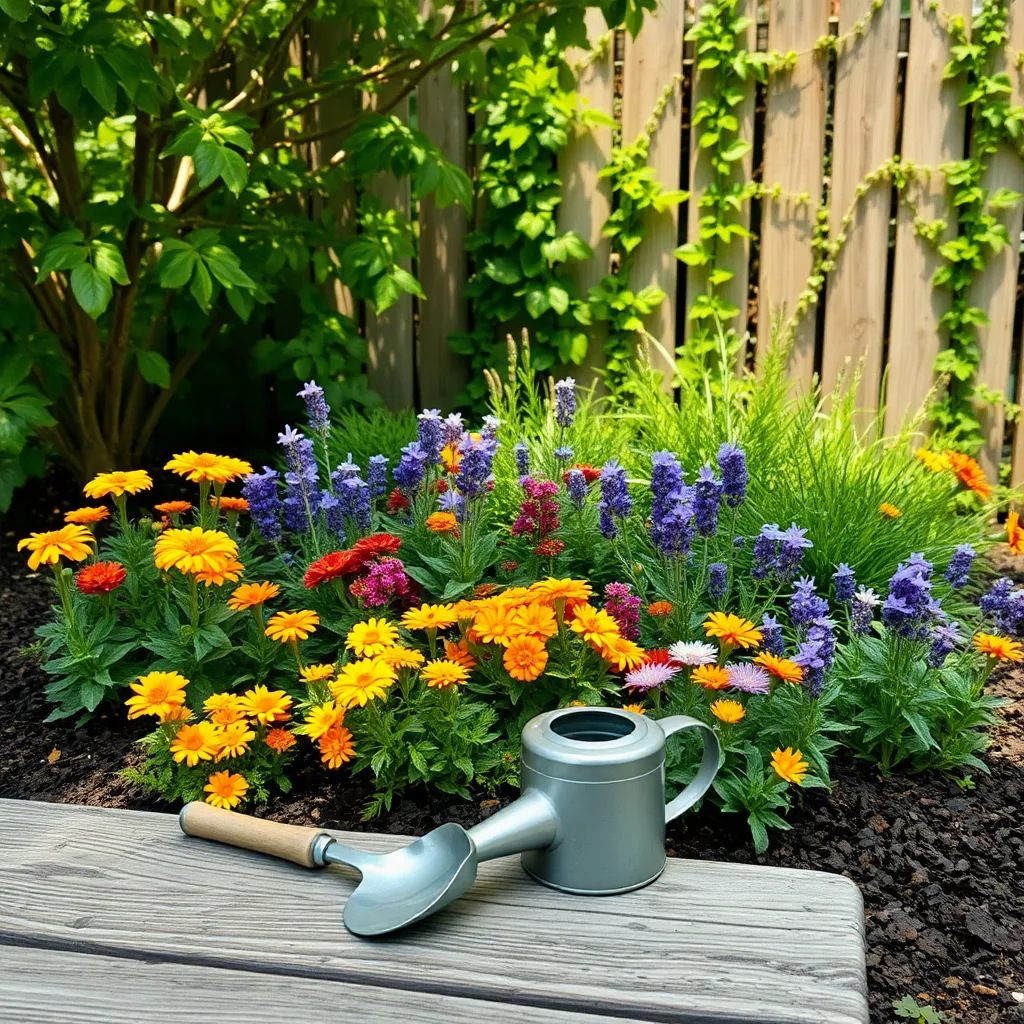
For gardeners seeking low-maintenance blooms, marigolds are a fantastic choice. They thrive in well-drained soil and full sun, making them perfect for small garden spaces that receive ample light.
Another excellent option for beginners is the trusty zinnia. These flowers prefer rich, well-drained soil and need regular watering, especially during dry spells, to keep their vibrant blooms coming.
Consider planting lavender for both beauty and fragrance in your garden. Lavender requires minimal watering once established and flourishes in sandy or rocky soils with excellent drainage.
To add a splash of color with minimal care, cosmos flowers are ideal. Cosmos thrive in poor to average soil and need very little water once they’re established, making them perfect for beginner gardeners.
For those who enjoy variety, daylilies offer a range of colors and require very little attention. These hardy perennials prefer full sun and can tolerate a variety of soil types, provided they are well-draining.
To ensure success with these low-maintenance blooms, remember to deadhead spent flowers to encourage new growth and prolong the blooming season. This simple technique keeps your garden looking fresh and vibrant throughout the growing season.
Space-Saving Planting Techniques
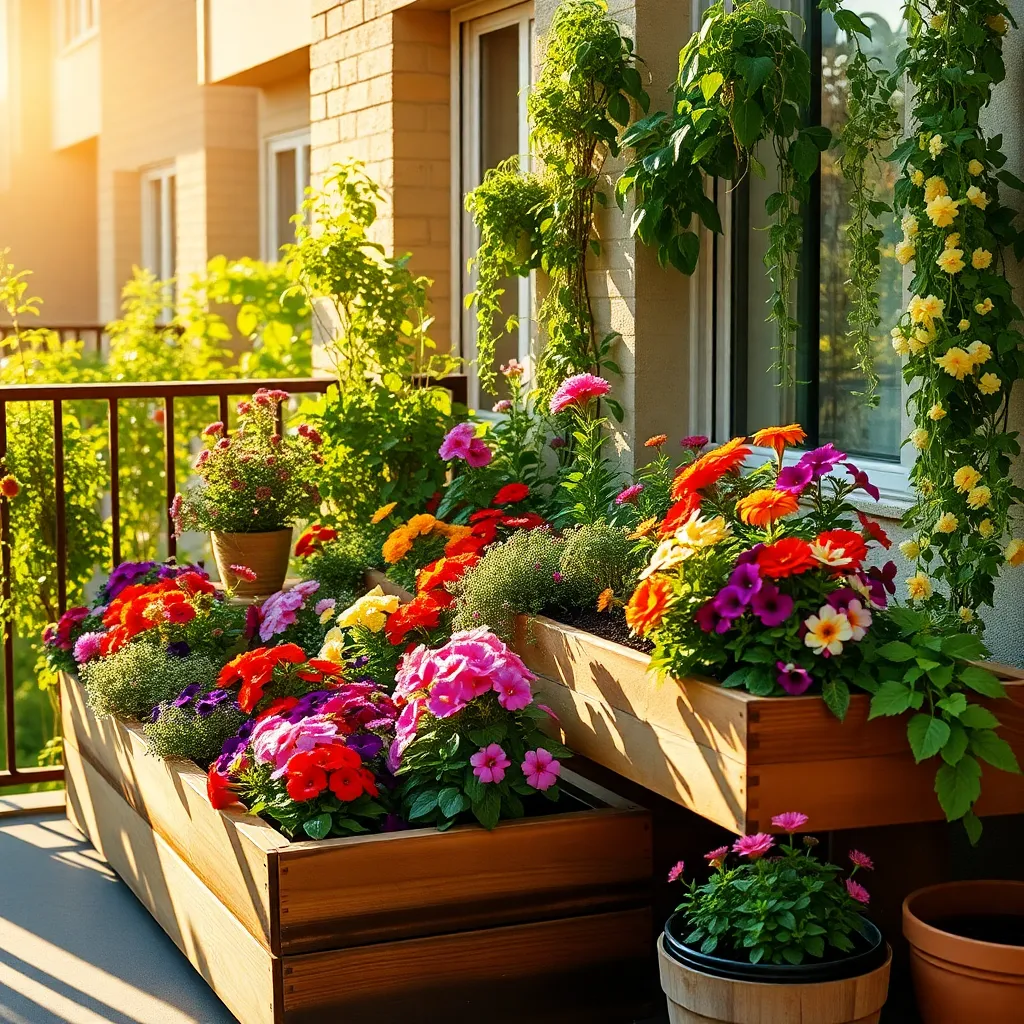
Maximize your small garden space by utilizing vertical planting techniques. Installing trellises or wall-mounted planters lets you grow climbing flowers like clematis and morning glory, which require minimal ground space while adding a burst of color at eye level.
Consider using stackable planters for a tiered effect that allows you to grow multiple flowers in a small footprint. These planters are especially useful for shade-loving flowers like impatiens, which thrive in well-drained soil and require moderate watering to maintain their vibrant blooms.
Hanging baskets are another excellent solution for small spaces, offering both beauty and functionality. Use them to grow trailing flowers such as petunias or fuchsias, which do well in a lightweight potting mix and need regular watering to prevent drying out.
Get creative with companion planting to make the most of your garden area. Planting shorter flowers like marigolds with taller ones such as sunflowers can optimize sunlight exposure and improve soil health through natural pest deterrence.
Simple Care Tips for Longevity
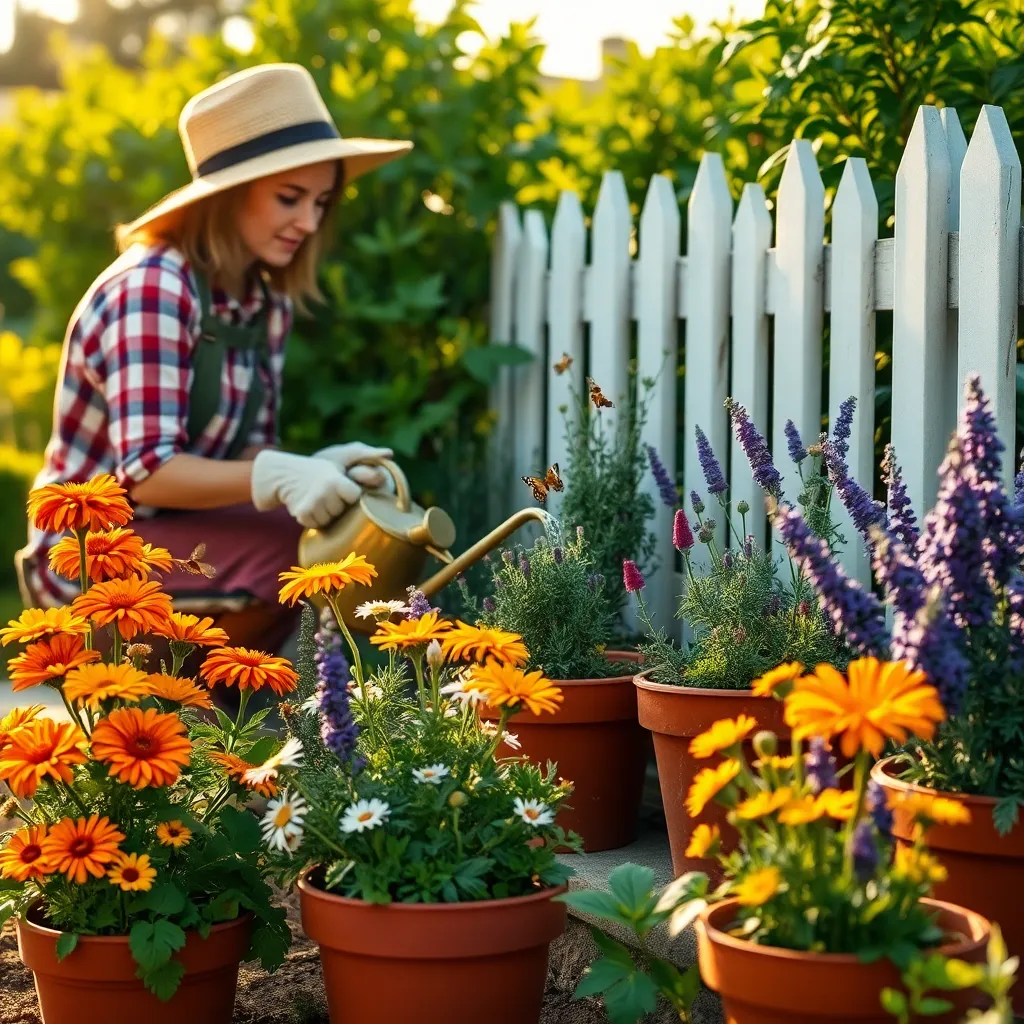
To ensure your small garden thrives, focus on consistent watering schedules. Most easy-care flowers, like marigolds and zinnias, prefer soil that is kept moist but not waterlogged.
Incorporate mulching techniques to help retain moisture and control weeds. A layer of organic mulch, such as shredded bark or straw, can also enrich the soil as it decomposes.
Regularly deadhead spent blooms to encourage new growth and extend the flowering period. This simple task not only keeps your garden looking tidy but also diverts the plant’s energy into producing more blooms.
Feed your flowers with a balanced, slow-release fertilizer at the start of the growing season. This ensures they receive essential nutrients over time, promoting robust growth and vibrant blooms.
Seasonal Picks for Year-Round Color

To maintain vibrant color all year round in your small garden, consider planting seasonal bloomers that complement each other as they transition through the seasons. Start with spring bloomers like tulips and daffodils, which are perfect for adding early color; they thrive in well-draining soil with moderate watering.
As spring gives way to summer, introduce hardy perennials such as daylilies and coreopsis. These flowers need full sun and benefit from a once-a-week deep watering to encourage prolific blooming. Planting in groups or drifts can enhance their visual impact while reducing the need for constant maintenance.
Consider incorporating fall bloomers like asters and sedums, which can extend your garden’s color palette into the cooler months. Asters prefer slightly acidic soil with good drainage, and they are best planted in a sunny spot. Sedums, on the other hand, are drought-tolerant and can thrive in poorer soils, needing minimal watering.
Even in winter, you can maintain interest with plants like hellebores, which begin flowering as early as January. These shade-loving plants prefer rich, well-drained soil, and a layer of mulch can help them thrive through the cold months. By selecting a variety of seasonal picks, you can ensure your garden is a tapestry of color all year round.
Conclusion: Growing Success with These Plants
In exploring ‘Easy-to-Care-for Flowers for Small Gardens,’ we’ve uncovered five vital relationship concepts that beautifully parallel garden care. First, nurturing relationships, like tending to flowers, requires consistent care and attention. Second, understanding the unique needs of your partner mirrors choosing the right plants for your garden’s conditions. Third, patience is essential, as both relationships and gardens flourish over time. Fourth, adaptability is key, just as gardens thrive through changing seasons. Lastly, celebrating growth and resilience in relationships is akin to enjoying the blooms of well-cared-for flowers.
As an immediate step, take a moment to reflect on these concepts and identify one small, nurturing action you can take in your relationship today. Perhaps it’s a thoughtful note, a shared activity, or simply listening with intention.
Remember, successful relationships, much like gardens, are built on continuous effort and love. Save this article as a handy guide to revisit these insightful parallels whenever you need a gentle reminder or inspiration.
Looking ahead, envision your relationship thriving like a well-tended garden, full of vibrant growth and enduring beauty. Embrace the journey, and watch your connection bloom.

